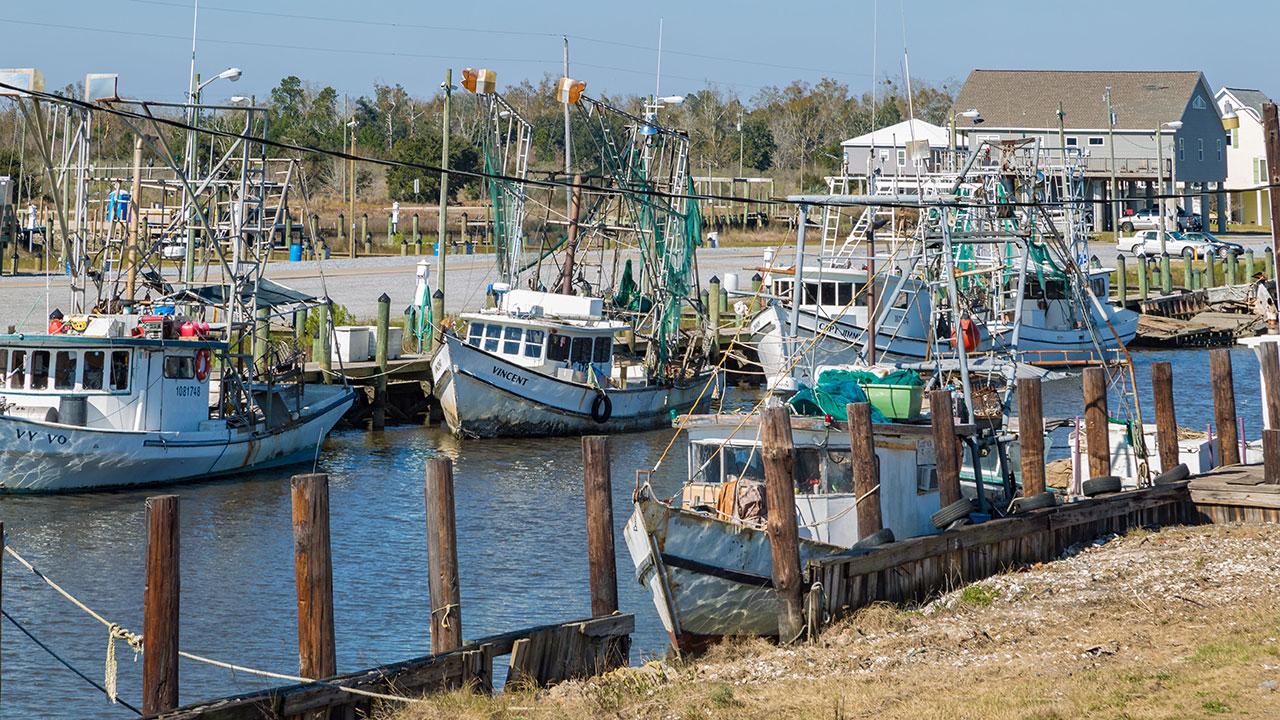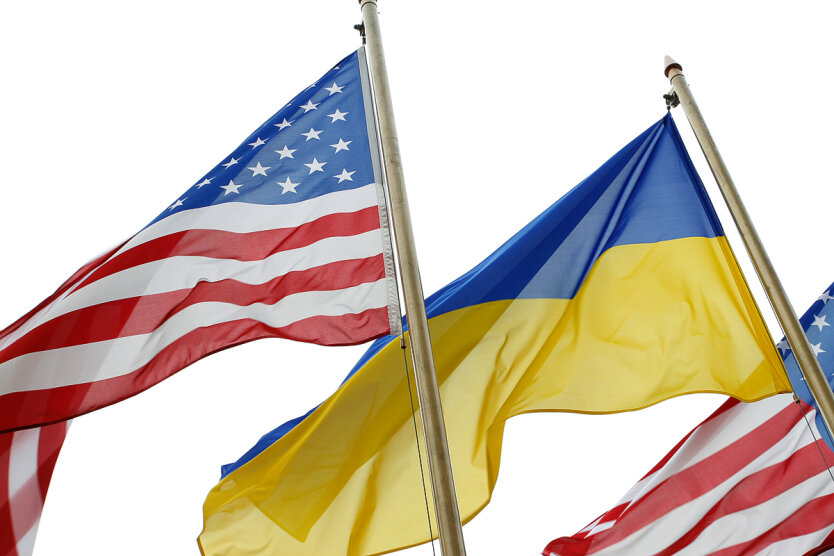The presence of the Ukrainian language in schools is triggering protests.


President Donald Trump announced new tariffs on imported goods from foreign countries. Under these new measures, basic duties of 10% on imports are expected, as well as 'individual reciprocal higher' tariffs on some countries, the White House reports. American shrimp producers felt relief from these tariffs.
According to Bosarge Boats, a company specializing in shrimp manufacturing, these tariffs 'threw us a lifeline' in the challenging domestic shrimp industry. According to a company representative, earlier unfair competition in the foreign aquaculture sector negatively affected the domestic shrimp market, but these tariffs have allowed them to survive and wait for better times.
Domestic shrimp production in the Gulf of Mexico and the South Atlantic region is experiencing a significant drop in shrimp value, as data from the U.S. National Oceanic and Atmospheric Administration (NOAA Fisheries) indicates: from $522 million in 2021 to $269 million in 2023, according to the Southwest Shrimp Association - a trade organization that unites fishermen, shrimp processors, and other stakeholders from eight states.
Ms. Borsanz noted that these tariffs will help create a level playing field for the American shrimp market compared to foreign producers. After all, 94% of shrimp consumption in the U.S. comes from imports, with the main suppliers being India, Ecuador, Indonesia, Vietnam, Thailand, and Argentina, as reported by the Southwest Shrimp Association.
The organization also points out that subsidies, forced labor, and other factors make shrimp production in foreign countries cheaper, which harms the American shrimp industry.
Journalist Hiu reported that Ms. Borsanz receives shrimp prices similar to those paid in the 1980s, while she is working with prices for 2025.
According to the Southwest Shrimp Association, these new tariffs 'will more slowly regulate imports and prevent the American market from becoming completely dependent on foreign shrimp producers when the authorities deal with harmful trade policies and control issues.'
Since mid-March, the president has already introduced other tariffs. For example, a 25% tariff was imposed on imported steel and aluminum.
Read also
- Trump announced full control of the U.S. and Israel over Iranian airspace and demanded Tehran's capitulation
- Trump has convened an urgent meeting and may make a 'critically important decision' regarding Iran
- Fled from G7 and scandalized over Putin: what the new summit was remembered for by Trump










